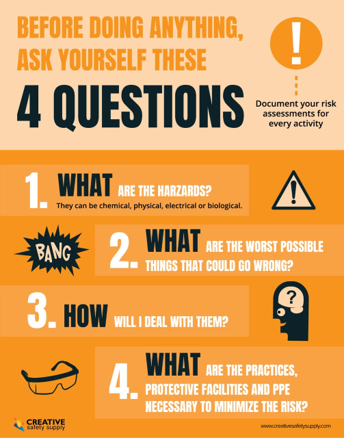Personal protective equipment
1/11
Earn XP
Description and Tags
Name | Mastery | Learn | Test | Matching | Spaced |
|---|
No study sessions yet.
12 Terms
Personal protective equipment
Lab Coat – Protects skin and clothing from chemical spills.
Safety Goggles – Shields eyes from hazardous splashes and particles.
Gloves – Prevents skin contact with harmful substances (e.g., nitrile or latex gloves).
Face Shield – Provides additional face protection during potentially dangerous reactions.
Respirator/Mask – Filters harmful fumes and airborne chemicals.
Closed-Toe Shoes – Protects feet from spills and broken glass.
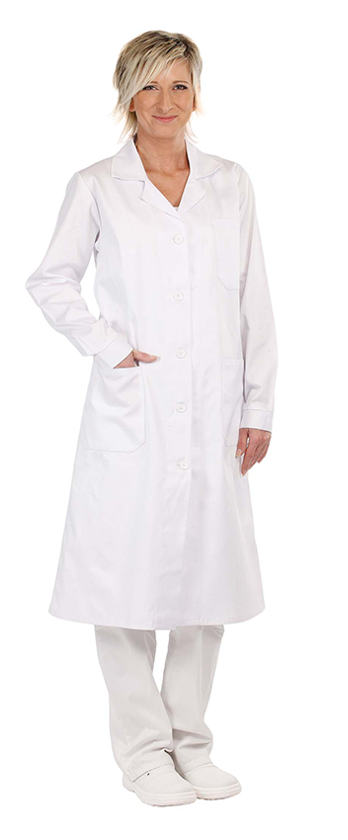
Safety Goggles
Protective eyewear that shields the eyes from chemical splashes, flying debris, and vapors.
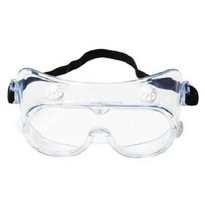
Lab Coat
A garment worn over clothes to protect the skin and clothing from hazardous substances.
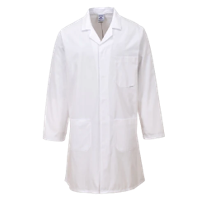
Apron (Chemical Resistant)
Protective clothing worn to guard against spills and splashes that can damage clothing.
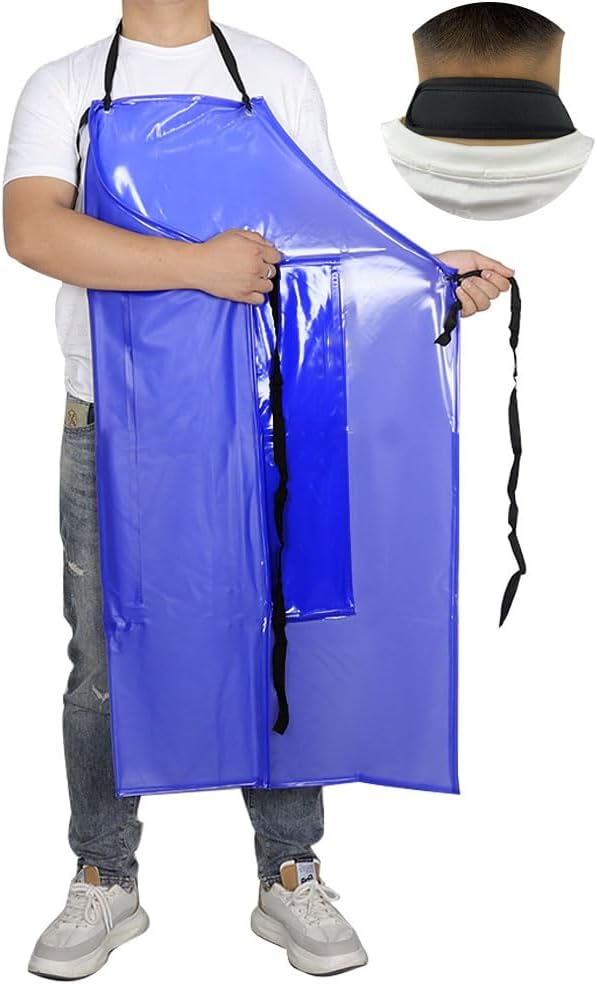
Gloves (Chemical Resistant)
Hand protection that prevents direct contact with chemicals, biohazards, and sharp objects.
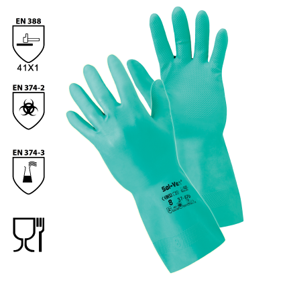
Face Shield
A transparent mask covering the face, used to protect against splashes and hazardous vapors.
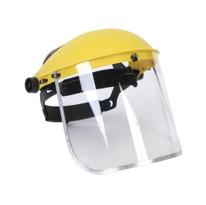
Respirator
A mask that filters out harmful fumes, vapors, and particles from the air you breathe.
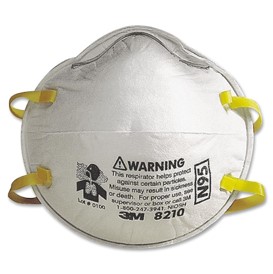
Closed-Toe Shoes
Footwear that fully covers the foot to protect against spills, chemicals, and sharp objects.
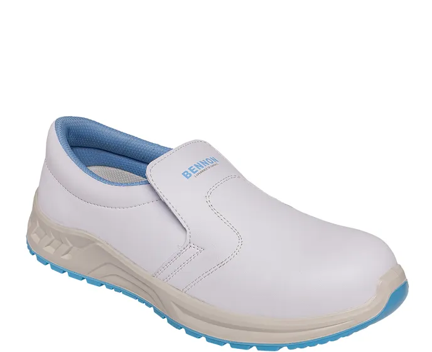
Hearing Protection
Devices such as earplugs or earmuffs that protect against high noise levels in the lab.
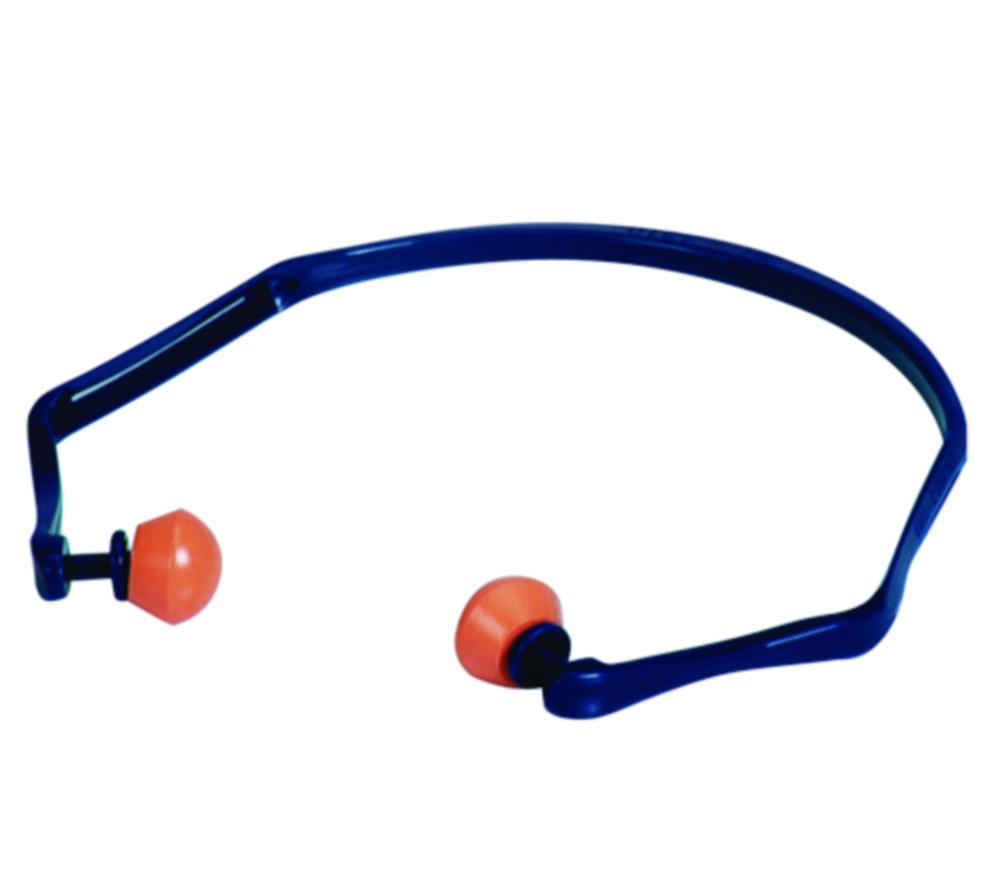
Fume Hood
A ventilated enclosure in a laboratory, used to carry away hazardous fumes and vapors.
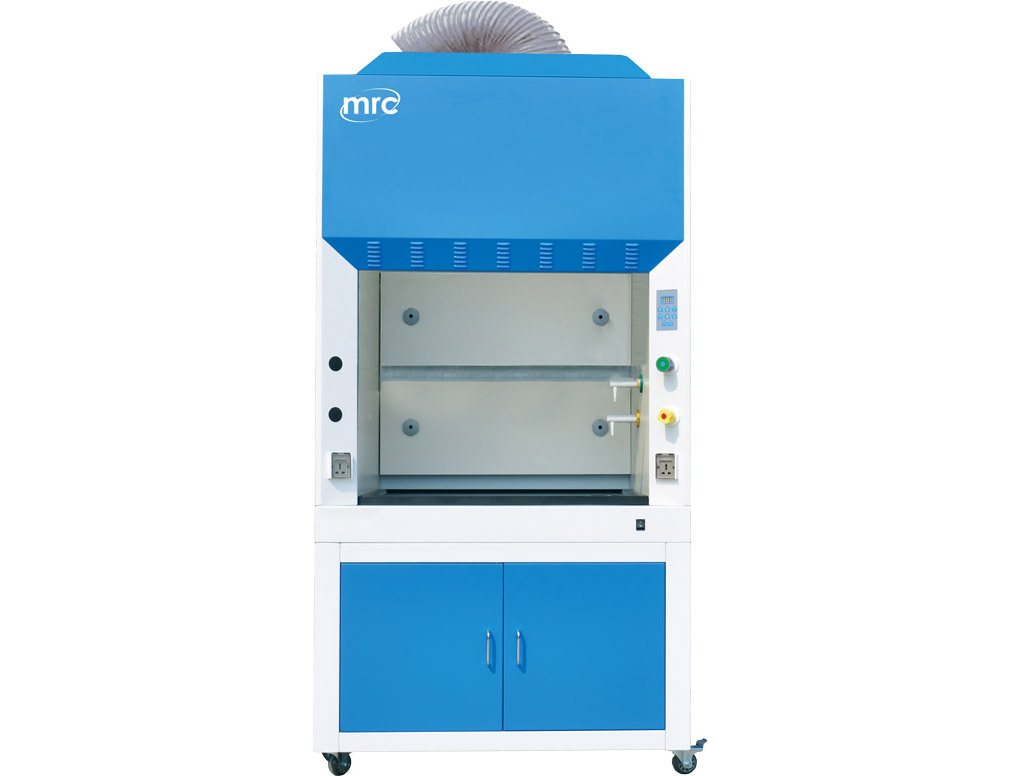
Eye and face protection

All eye protection is not the same.
1. Optical glasses, or prescription glasses
2. Safety glasses without side shields
3. Chemical spalsh safety goggles
4. Shield


4 Questions of lab safety
What are the hazards?
What are the worst possible things that could go wring?
How will I deal with them?
What are the practices, protective facilities and PPE necessary to minimize the risk?
